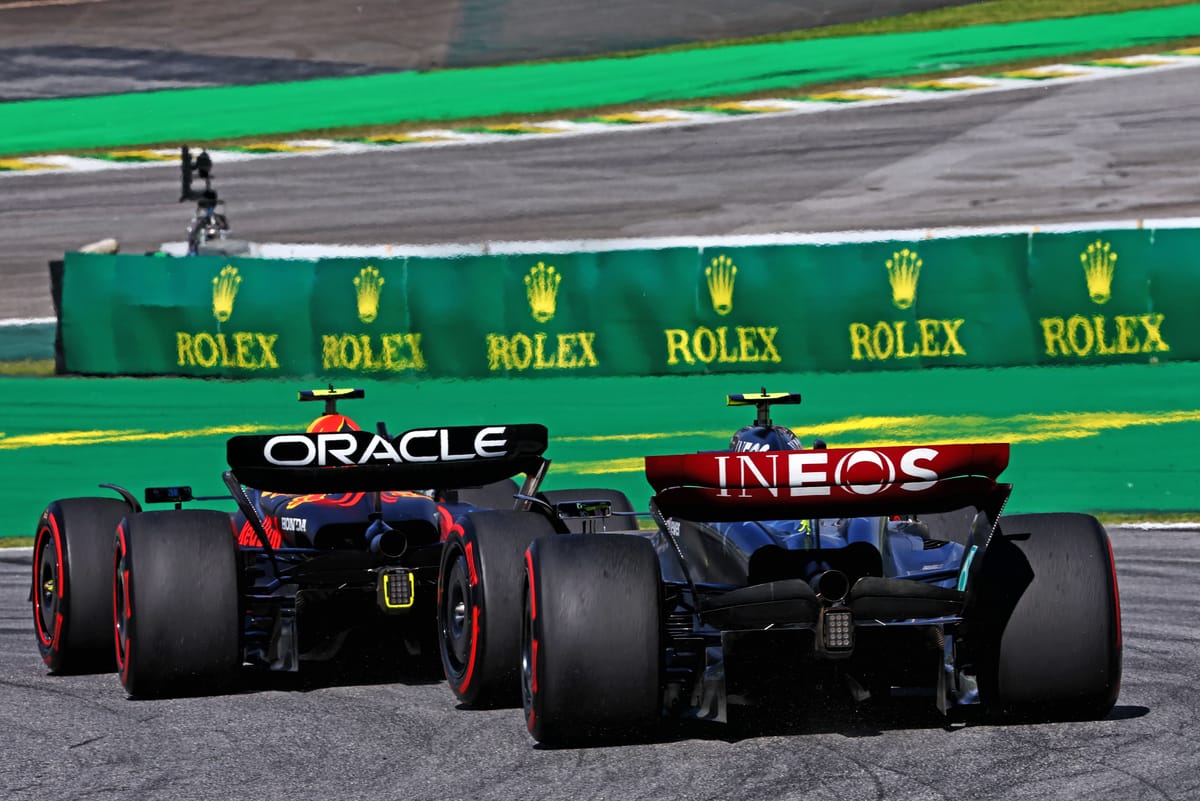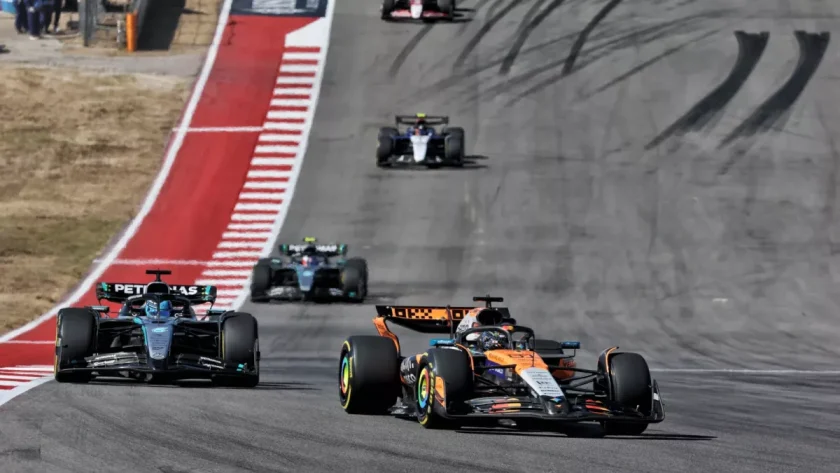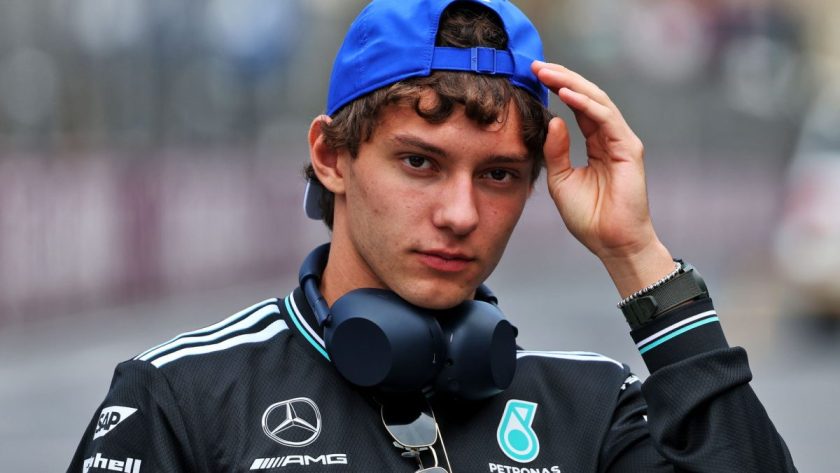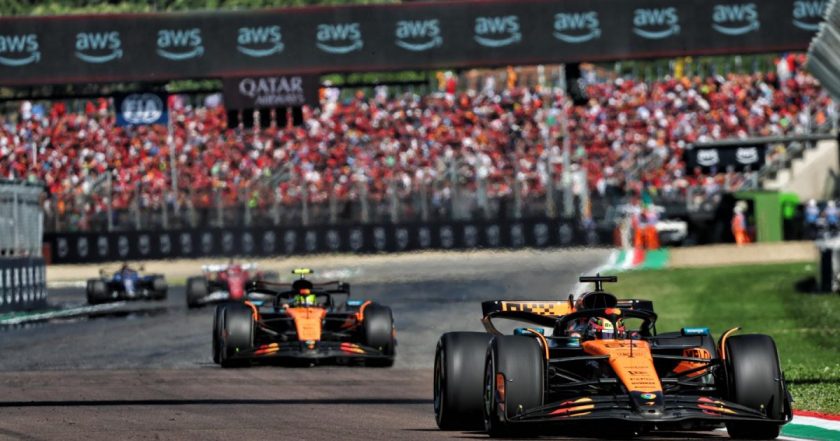P1racenews AI automatic summary:
Should Mercedes technical director James Allison’s 2024 theory be proven right, it will be a boost for Formula 1 fans hoping for a closer season at the front. But is his theory valid in the wake of such strong Red Bull dominance last year?
Mercedes technical director James Allison has a hopeful vision that revolves around achieving a more competitive season for his team and providing Formula 1 fans with a closer front-running battle. This optimism is rooted in the potential upper bound in laptime that all teams, especially Red Bull, will strive to push against in the third season of the ground-effect regulations introduced in 2022. This hope factors in the highly prescriptive nature of the current F1 regulations and the characteristics of the cars, which generate substantial downforce while mitigating issues like bouncing and porpoising. Allison emphasizes that under the current rules, the scope for performance gains is becoming ‘asymptotic,’ with a clearer limit on the laptime potential of these cars compared to previous generations. He anticipates a more tightly contested grid in 2024, with teams converging in performance, creating opportunities for operational excellence and advanced car reliability to shine as differentiators at the forefront of the competition. Despite Red Bull’s dominance in 2023, the incremental compression of the grid’s performance levels suggests a trend toward a more competitive landscape in the upcoming season. These regulatory changes aim to narrow the performance gaps in F1, evident in the relatively tight single-lap pace spread from the fastest to the slowest team, with a margin of only 1.6% on average in 2023 according to The Race’s ‘supertimes’ methodology.




